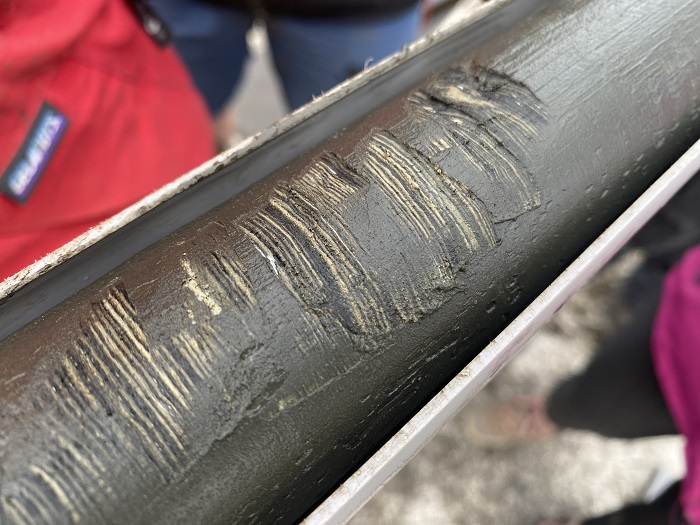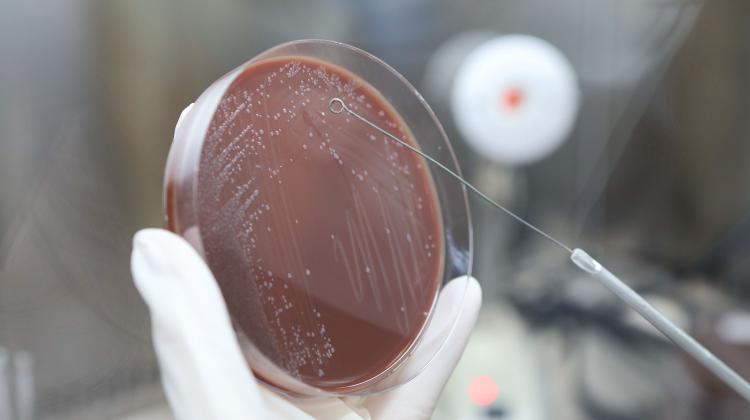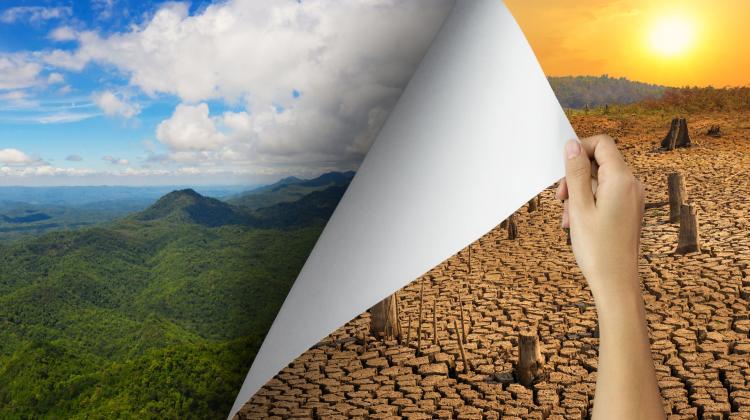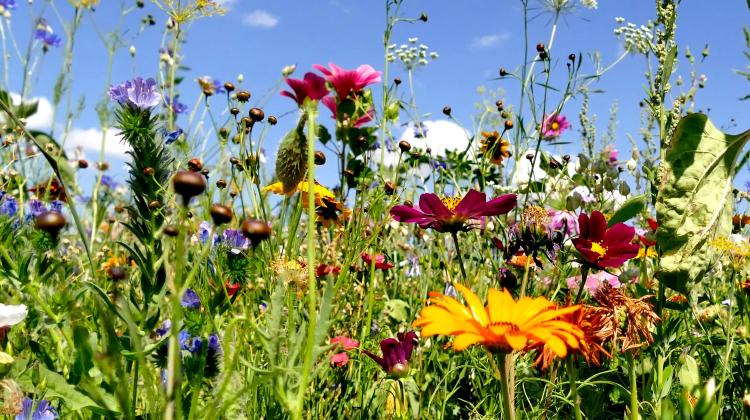Warm summer during cold Dryas - scientists check analogies with the present day
During the rapid global cooling between approx. 12,000 and 11,000 BCE, the occurrence of clearly warmer summers was observed in Europe. Scientists from the Institute of Geography and Spatial Organization Polish Academy of Sciences study this anomaly and look for analogies with the process of contemporary climate change.
'The main goal of our research is to trace in detail the effects of climatic conditions and environmental feedbacks in eastern Poland in order to determine the history of changes and relationships occurring during the last glaciation. Then, in the context of the current anthropogenic climate warming, we will try to answer the question of whether similar changes can also take place today,’ says project leader Agnieszka Mroczkowska from the Institute of Geography and Spatial Organization of the Polish Academy of Sciences.
The analysed time is the period of the Younger Dryas, which - according to the scientist - is a natural laboratory for testing many research hypotheses.
The Younger Dryas lasted from about 12,800 to 11,680 BCE and was characterized by a rapid global decrease in air temperature by approx. 2-6 degrees Celsius, which in turn launched many new processes, including an as advancement (movement) of ice sheets and acceleration of vegetation migration; it also disrupted the global warming trend.
Mroczkowska explains that in the history of the Earth, rapid cooling was most often associated with the slowdown of the Atlantic meridional overturning circulation (AMOC), caused by discharges of ice water from the melting cover into the ocean.
'There would be nothing alarming about these processes if it weren't for the results from Eastern Europe, where during the Younger Dryas the summer temperature was probably about 1-2 degrees Celsius higher. As a result, during the Younger Dryas the climate could become increasingly continental, with significant winter and spring cooling and a short growing season. The problem to solve in this project will be the summer temperature distribution during the Younger Dryas,’ says Mroczkowska.
The basis for the research are lake sediments from Lake Persepa (Perespilno) in the Lublin province. In the spring of this year, scientists from the Institute of Geography and Spatial Organization PAS collected them by drilling 25 meters deep into the bottom of the lake.

'The last three meters contained laminated sediments, which we were particularly interested in. It is an alternating light and dark layer, corresponding to the successive stages of sedimentation, i.e. the accumulation of sediments. We can learn a lot from them,’ Mroczkowska continues.
To reconstruct the reaction of the lake ecosystem, the researcher will analyse cluster of Chironomidae communities (an insect from the family of flies, similar to a mosquito). 'Combined with the analysis of stable isotopes, it will allow to reconstruct food webs (food relationships between organisms living in one ecosystem) and the course of climate changes taking place in this lake system.
'Based on the results, we would like to create a synthesis of the pattern, relationships and responses of the environment during the rapid climatic changes during the last glaciation in Central Europe, which may also be used in modelling contemporary climate changes,’ Mroczkowska says.
The research is carried out as part of the project 'Warm summer during the cold Dryas? Laminated lake sediments as an archive for reconstructing the climate seasonality of the Younger Dryas, Lake Perespilno (eastern Poland) - ClimHead', financed by the Polish National Science Centre.
PAP - Science in Poland, Agnieszka Kliks-Pudlik
akp/ zan/ kap/
tr. RL
Przed dodaniem komentarza prosimy o zapoznanie z Regulaminem forum serwisu Nauka w Polsce.



















